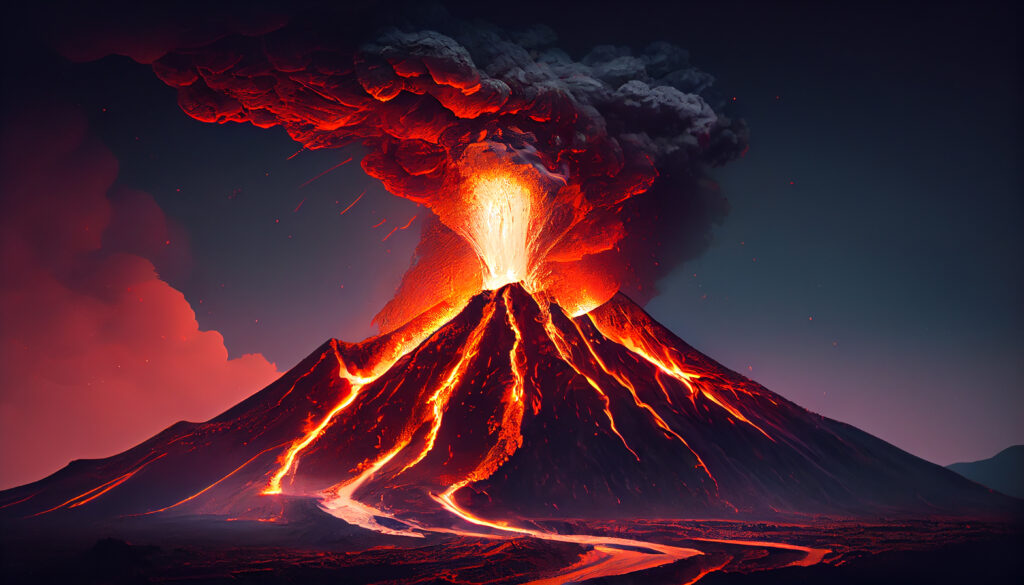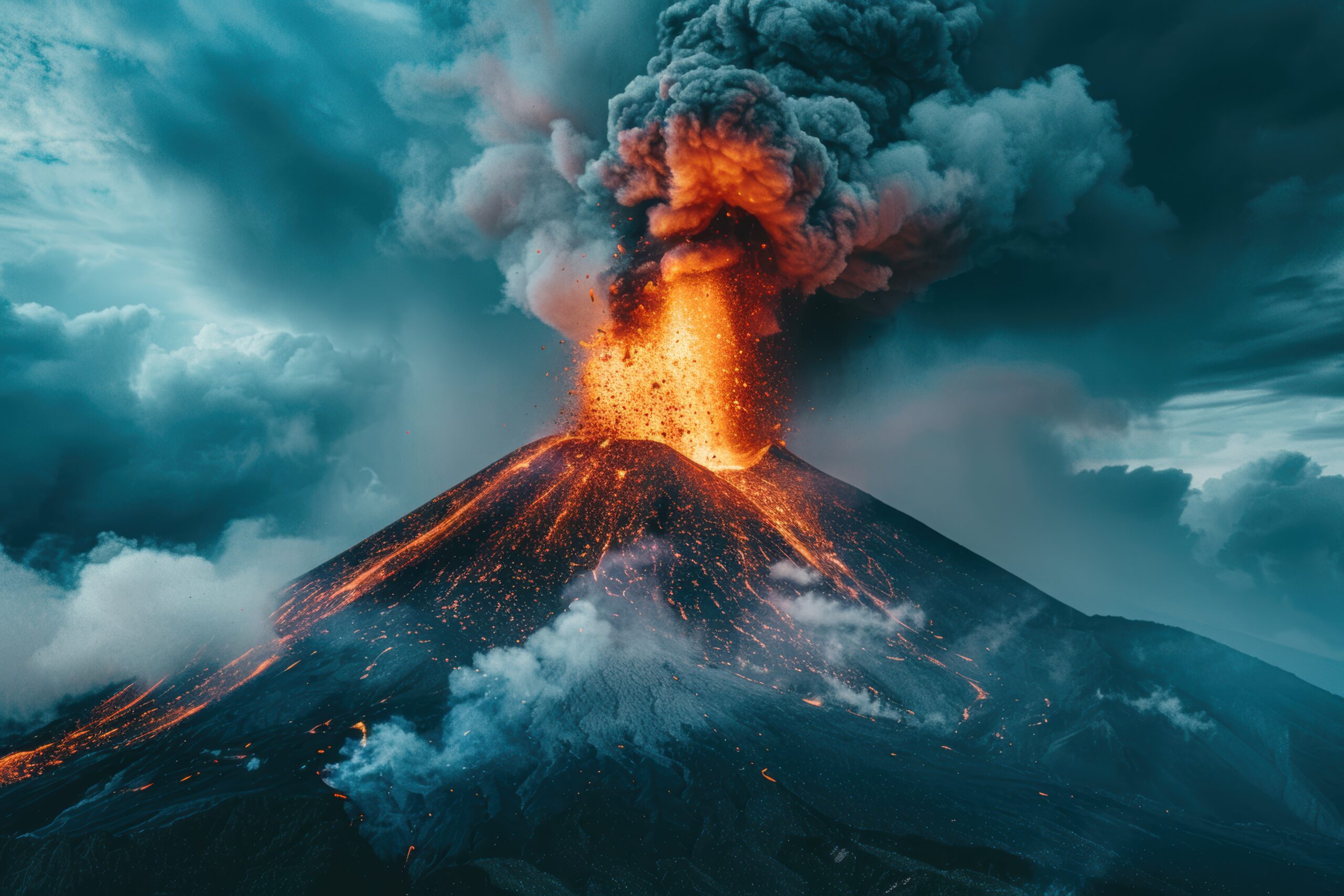Introduction
The recent eruption of a volcano in Russia’s Kamchatka Peninsula has made news worldwide—and its effects are now reaching the United States. From ash clouds stretching across, Alaska volcanic eruption has broader implications for climate predictions beyond the region. The Russian volcano eruption is significant now trending in the U.S. due to its environmental, political, and atmospheric implications.
This blogThis post examines 7 significant and shocking ways the Russian volcano eruption is affecting the USA, supported by scientific analysis, recent observations, and expert insights.
Table of Contents
1. Russian Volcano Eruption Turns Alaska Skies Ashy
Residents in Alaska were among the first Americans to witness visible consequences of the Russian volcano eruption. Within 24 hours, ash plumes reached the U.S. skies, dimming sunlight and causing surreal scenes across Anchorage and nearby cities.
Commercial pilots reported reduced visibility and unexpected turbulence due to volcanic particles suspended in the upper atmosphere. The FAA issued flight warnings to prevent aircraft from flying through these ash clouds—a known hazard to jet engines.
Plumes rising more than 50,000 feet were blasted straight into the jet stream by the eruption. For many Americans, this was a reminder that events in Russia can darken skies at home, both literally and metaphorically.
2. US Scientists Intensify Monitoring After Russian Volcano Eruption
As soon as satellite images showed the ash cloud heading toward North America, the United States Geological Survey (USGS) and NOAA initiated emergency atmospheric tracking protocols.
Seismologists and volcanologists across the U.S. jumped into action, watching for signs that the Russian volcano eruption could spark further geological unrest around the Pacific Ring of Fire. The USGS increased the level of warning for U.S. volcanoes, even though none have shown increased activity—yet.
The eruption has also revived discussions among U.S. emergency planners on whether domestic volcanic response systems are robust enough to deal with similar mega-eruptions.
3. The Eruption Triggers Air Quality Concerns in Northern USA

Air quality across parts of the Pacific Northwest, Montana, and North Dakota has dropped following the Russian volcano eruption. Satellite and atmospheric monitoring stations recorded high levels of fine particulate matter (PM2.5) originating from the ash cloud.
Although the eruption happened thousands of miles away, winds carried the particles into U.S. territory. Public health agencies issued advisories, urging individuals with asthma or respiratory conditions to limit outdoor exposure.
For states already struggling with wildfire smoke, the added ash fallout has further strained healthcare responses. In some areas, schools canceled outdoor activities. Despite being far away, the explosion of the Russian volcano is practically in the air that Americans breathe.
4. The Eruption Fuels Climate Cooling Debate
Massive volcanic eruptions often impact global climate. The controversy about short-term cooling brought on by volcanic aerosols, particularly sulfur dioxide (SO₂), has been rekindled by this eruption of a Russian volcano.
The eruption released an estimated 1 million tons of SO₂, which entered the stratosphere and could reflect sunlight away from the Earth. Historically, eruptions like Mount Pinatubo (1991) caused global temperatures to drop slightly for months.
Climate scientists are now modeling potential short-term effects. Some believe the Russian volcano eruption could cool the northern hemisphere by 0.1–0.3°C over the next 6–12 months, depending on ash dispersion and aerosol interaction.
While not enough to reverse global warming, this natural disruption adds a complex layer to the broader climate discussion.
5. Russian Volcano Eruption Forces Aviation Rerouting Across USA
Airlines operating trans-Pacific routes were among the first to react to the eruption. Planes flying from the West Coast to Asia were forced to reroute or delay due to volcanic ash identified in flight paths.
Temporary no-fly zones were established across the Bering Sea corridor, a crucial aviation traffic route, due to the Russian volcano eruption. Delta, United, and American Airlines all adjusted schedules as a precaution.
For travelers, it meant longer flights, increased layovers, and uncertain arrival times. For airlines, the eruption brought unexpected fuel costs and logistical headaches. Airspace disruptions serve as yet another reminder of how closely tied the world is to environmental stability—even when it comes from a Russian volcano eruption.
6. Russian Volcano Eruption Sparks Political Tensions Over Response Transparency
Several U.S. officials have expressed concern over the lack of timely data released by Russian agencies. In the initial 12 hours after the Russian volcano eruption, information was scarce, which complicated global airspace safety coordination.
U.S. diplomats and climate researchers have urged more transparent collaboration on environmental disasters. The Russian government’s limited sharing of seismic and atmospheric data has raised eyebrows and increased tensions.
This lack of communication during a major Russian volcano eruption only intensifies geopolitical friction, particularly at a time when international relations are already strained due to other conflicts.
7. Could More Russian Volcano Eruptions Follow? Experts Say Yes
On the Kamchatka Peninsula, 29 of the more than 300 volcanoes are active. The one that erupted—Shiveluch—is among the most powerful in the region. Seismic activity has increased around nearby volcanoes like Klyuchevskaya Sopka and Bezymianny, raising fears of a chain reaction.
Geologists have seen patterns before: a single massive Russian volcano eruption often precedes multiple mid-sized eruptions in the same region. The interconnected magma systems beneath Kamchatka are still poorly understood, making accurate predictions difficult.
If these volcanoes erupt, ash fallout in the USA could become a seasonal concern rather than a one-time scare.
Final Thoughts: Russian Volcano Eruption is a Wake-Up Call for the USA
The Russian volcano eruption is more than just a natural phenomenon—it’s a transcontinental shockwave of environmental, political, and scientific urgency. While the ash clouds will eventually clear, the broader implications remain.
For the USA, this event highlights how vulnerable we are to distant disasters. In just a few hours, the effects of a single Russian volcano eruption can have a profound effect on our sky, our climate, and our international collaboration.
Preparedness, monitoring, and global transparency are now more critical than ever.
Frequently Asked Questions (FAQ)
Q1: Where exactly did the Russian volcano eruption happen?
It occurred on the Kamchatka Peninsula in eastern Russia, primarily involving the Shiveluch volcano.
Q2: How has the Russian volcano eruption affected the USA?
Ash clouds have reached Alaska and the Pacific Northwest, impacting air quality, aviation routes, and weather tracking.
Q3: Could the Russian volcano eruption cool the planet?
Yes, temporarily. Volcanic aerosols like sulfur dioxide can reflect sunlight and reduce global temperatures for several months.
Q4: Is there a risk of more eruptions?
Yes. Seismic activity near other Kamchatka volcanoes suggests the potential for additional eruptions.
Q5: How can Americans stay safe during ash fallout?
Check air quality reports, stay indoors when necessary, use air purifiers, and avoid strenuous outdoor activity during poor air days.
Discover more from NewsBusters
Subscribe to get the latest posts sent to your email.

Fine article